Before Planting
1. Choose the Right Variety
Naturally, there are plenty of options when you decide to learn how to grow cranberries at home. But how to choose the best? The variety you need depends on the reason you have for growing berries. Let’s have a look at some of the most common choices:- Stevens cranberries – These are a hybrid variety that is specially designed for productivity. Moreover, they are very resistant to diseases and you can enjoy their large size and bright red color.
- Howes cranberries – The Howes variety consists of a bunch of small, red berries that natively grow in Massachusetts. It’s easier to grow them and they remain fresh long after you harvest them if you store them correctly.
- Ben Lear – The Ben Lear cranberries can be distinguished by their large berries. What’s more, they present some large fruits as well.
- Early Black – Just like Ben Lear, this variety isn’t a good idea if it’s the first time you learn how to grow cranberries at home. The reason here is that they are more difficult to care for. Moreover, they are more prone to insect infestation and disease.

2. Choose the Right Time
The ideal conditions for growing cranberries are the cooler climates. If you’re looking at a USDA plant hardiness zone map, you should know that these fruits grow in zones 2 and 5. This means northern and midwestern U.S. Depending on how old the plant is, you can plant cranberries at different times in a year.- Cuttings and seedlings – these should be planted starting from October to November, or between the middle of April and the end of May.
- Rooted plants (3 years old) – if you purchase these in pots, you can plant them in summer, since they are still actively growing.
3. Prepare the Soil
Now we’re ready to go into the most difficult part of learning how to grow cranberries at home: the potting soil. In general, they need soil that has a low pH, but a high level of organic matter. Consequently, you will need to replace it often, not just alter it as you do with other plants. Keep in mind the fact that on average, a cranberry plot reaches 4 x 8 foot. However, if you decide to grow just a single plant, you can manage with a 2×2 foot square. Once you chose the position of your cranberry plot, dig out the soil until you’re 6 – 8 inches deep. Fill it with peat moss. Then, mix ½ pound bone meal and add 1 pound of blood meal. Next, you can also add 1 cup of Epsom salts, as well as an equal amount of rock phosphate. Before you plant the cranberry, wet the soil, but make sure it’s not saturated. The best way to do it is to mist the soil with a garden hose. Periodically, mix it to help it absorb water faster and better.Planting the Cranberry
4. Plant the Seedlings or Cuttings
If you want to know how to grow cranberries at home correctly, you should know that they aren’t grown from seeds, but from cuttings that are 1 year old, or from seedlings that are 3 years old. Remember that they won’t produce any fruits until the third or fourth year, which means that depending on how quickly you want to enjoy the fruit, you can choose between cuttings or seedlings. If you decide to go for cuttings, you need to plant them in the prepared wet soil. Leave around 1 foot of space between the plants. Place the root ball of each plant 2 inches below the soil surface. On the other hand, if you want to plant 3-year-old seedlings, you need to leave around 3 feet of space around each of the plants.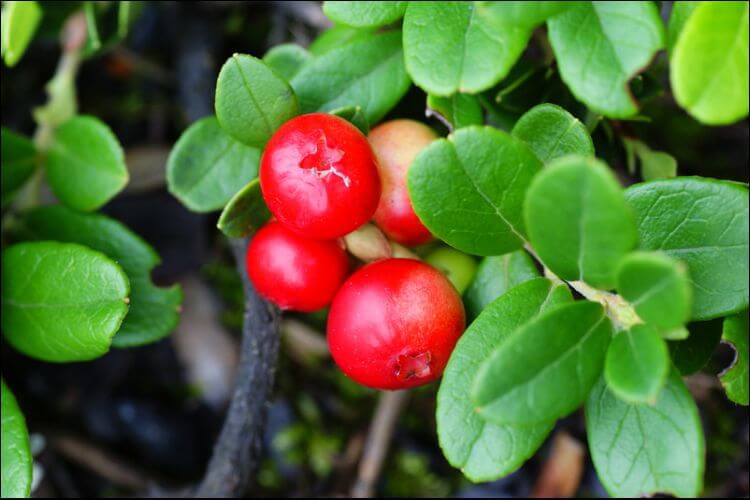
5. How to Grow Cranberries in a Container
A good alternative if you are looking for other tips on how to grow cranberries at home is to place them in a container. This is a viable option if you want to grow a single plant, and you need to get a large pot for it. Make sure the available space is at least double the size of the root ball of the cranberry. Get some peat moss and fill the pot. Then, plant a 3-year-old seedling. Let the plant get runners in the container, but if you notice any that gets beyond it, trim it. Moreover, you can fertilize the soil inside the pot with low-nitrogen fertilizer if you want to limit the runners’ growth. It’s important to keep in mind that the cranberry plants growing in pots must be replaced every two years, unlike the ones in plots.Caring for Cranberry
6. Take Care of the Weeds
An essential part of knowing how to grow cranberries at home correctly is to be vigilant with the weeds. In general, cranberry doesn’t compete well with them, so you should weed the bed regularly. Do this especially during the first year. The good part is that the peat moss you add to the cranberry plot will help fight the growth of plenty of common garden weeds.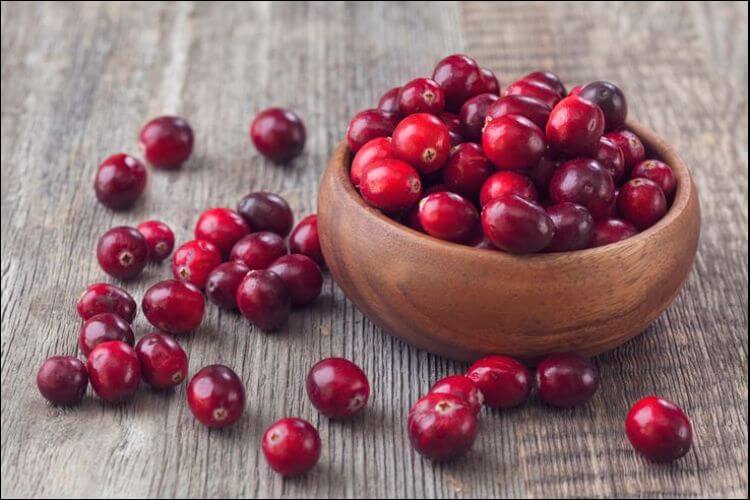
7. Water Cranberries Well
In the first year (and not only), you need to water the cranberry plants constantly if you want them to keep the soil. Be very careful, since they will die if the roots dry out. One of the most common misconceptions regarding these plants is that they need to be submerged in water or saturated during the growing period. Even though the soil needs to be wet or at least damp all the time, never saturate it with water. The reason? Adding too much water will slow down the root growth process. This means that the roots will never reach the required depth.8. Fertilize the Soil
After a while, the cranberry plants will start growing runner along the soil. They will grow until they fill up all the bed. If this doesn’t happen, you should use a fertilizer. Get one with a high level of nitrogen, but use it only if the runners have problems growing. Be careful, since using too much of it will make the runners grow too much. In the first year, you will need to fertilize the soil three times: when it starts growing, when the flowers bud, and when the berries start to form. If you want to contain the runners spread in the cranberry plot, it’s a good idea to use plastic or wooden edging to line the perimeter of the bed with it. After the first year has passed, you need to cut off the nitrogen for the runners. In this way, you help them stop spreading, take root and grow upright. Starting with the second year, use a non-nitrogen fertilizer. When you enter the second years, cover the soil with a ½ inch of sand. Do that every couple of years after that if you want to root the runners and prevent weeds. Here you have a clip showing you the entire process:Can I Use the Same Growing Techniques for Ginseng and Cranberries at Home?
Growing ginseng at home can be a rewarding experience, but it requires specific techniques. Cranberries, on the other hand, have different growing requirements. While cranberries thrive in acidic and wet soil, ginseng prefers shade and moist, well-draining soil. Thus, the techniques used to grow ginseng at home may not be suitable for cranberries.
Pruning and Harvesting
9. Prune the Cranberry
Starting with the third year of growth, you need to prune these plants each spring. This will keep the runners under control and will encourage the uprights. Simply comb the cranberry plot with a rake until the runners all point to the same direction. Then cut back the longest runners. Make sure you don’t prune any uprights.10. Harvesting Cranberries
If you went for three-year-old seedlings, the cranberry plant you have may start producing fruit by the next autumn. With one-year-old cuttings, you need to wait for 3 – 4 years before you get any fruit. In September and October, you can harvest the fruits. Simply pick them off by hand and make sure you got all the fruits before the first winter frost.
Pests and Possible Diseases
11. Control the Pests and Diseases
Another essential part of knowing how to grow cranberries at home correctly is to keep the pests and diseases at bay. These plants are indeed susceptible to certain problems, but luckily it’s easy to deal with them. Here you have a couple of the most common issues that can arise:- Fruit worm – With this pest, you will have grey moths that lay their eggs inside the berries. If you notice these moths around the plants, it’s time to spray the entire plot with insecticides. In this way, you will manage to kill the eggs. Be careful, since the eggs can hatch if you don’t catch the fruit worm on time. Naturally, the worms will eat the fruits from the inside out. In this case, the berries will turn red before they’re ripe. Pick the fruits that are too red and throw them away.
- Red spot – Here, you will notice some bright red spots appearing on the leaves of the plant.
- Berry fruit rot – This disease can be treated by spraying cranberry plants with a copper-based, organic fungicide. Apply this between the end of June and the beginning of August, but remember to check the instructions on the label. This treatment also works for the red spot problem.






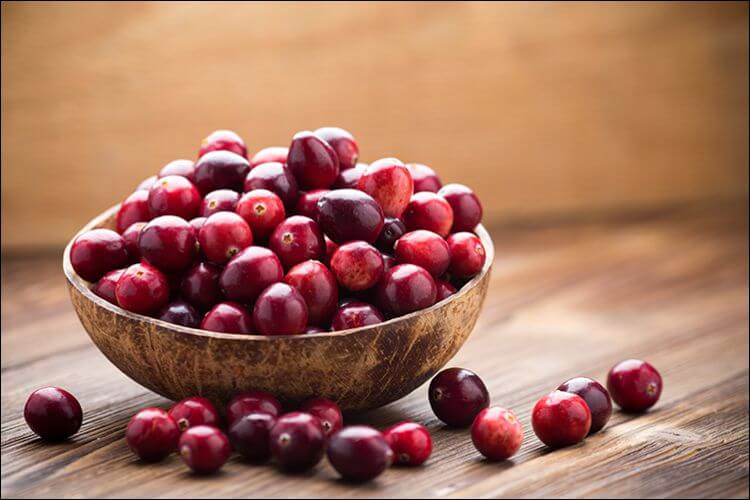
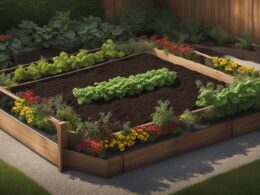
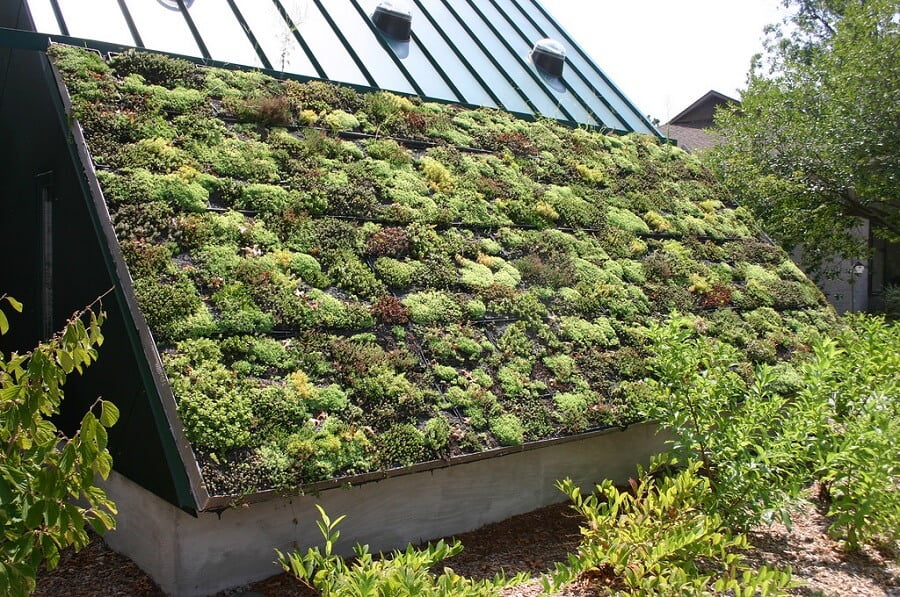

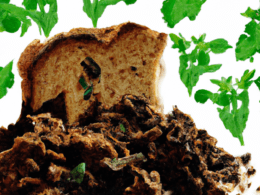
Hello.This article was really fascinating, especially because I was looking for thoughts on this subject last Tuesday.